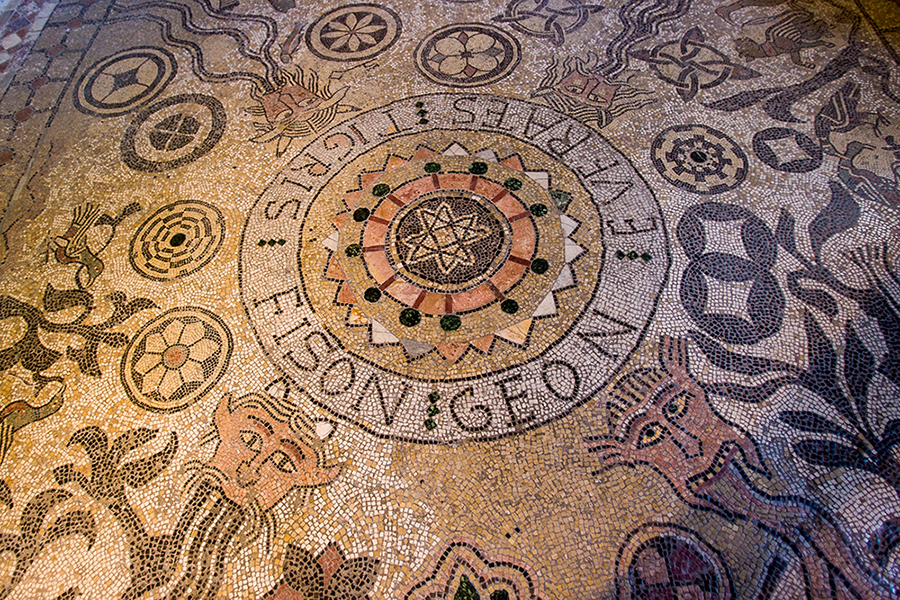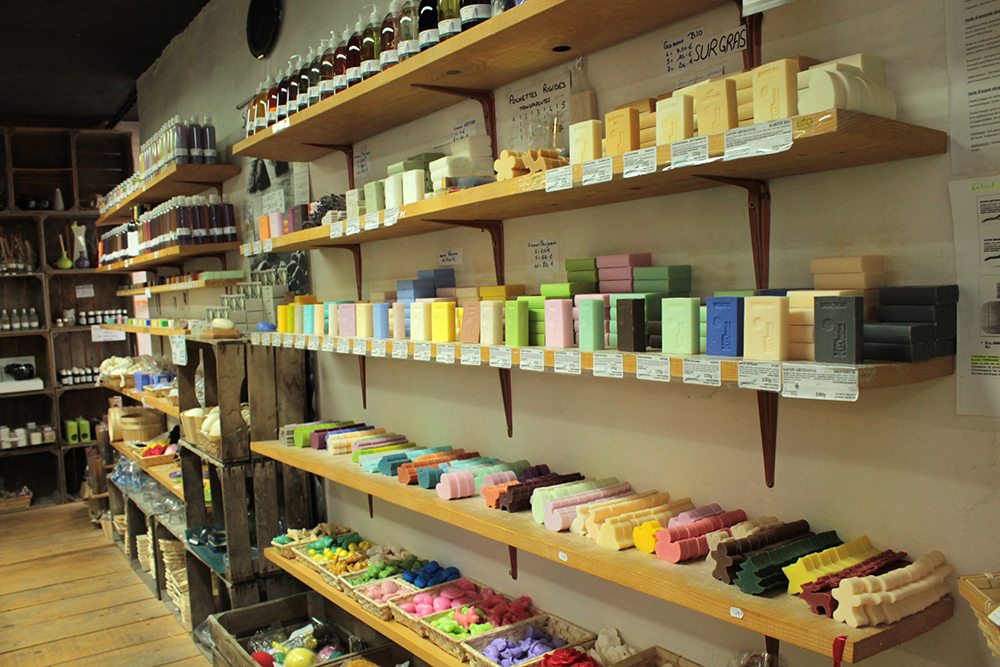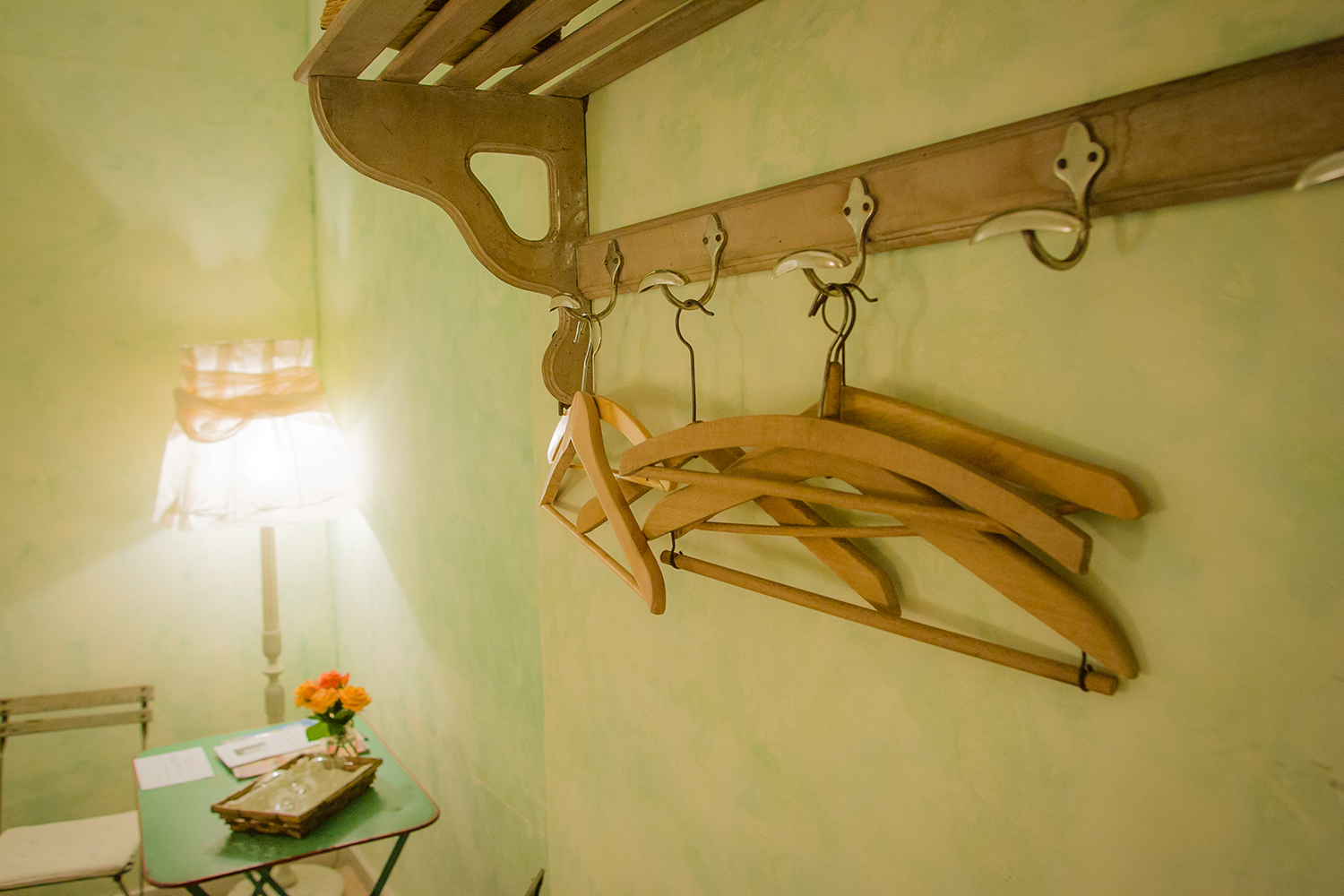The picturesque villages of Pays Diois
Come and stroll along the shaded streets of our villages and discover its typical architecture.
At lunchtime sit down under the arbour of a local restaurant. Discover the small grocery stores selling local produce made following traditional recipes.
The charms of old stones and Roman roof tiles will delight you.
The squares, fountains, churches and Reformed churches of our villages are full of hidden treasures.
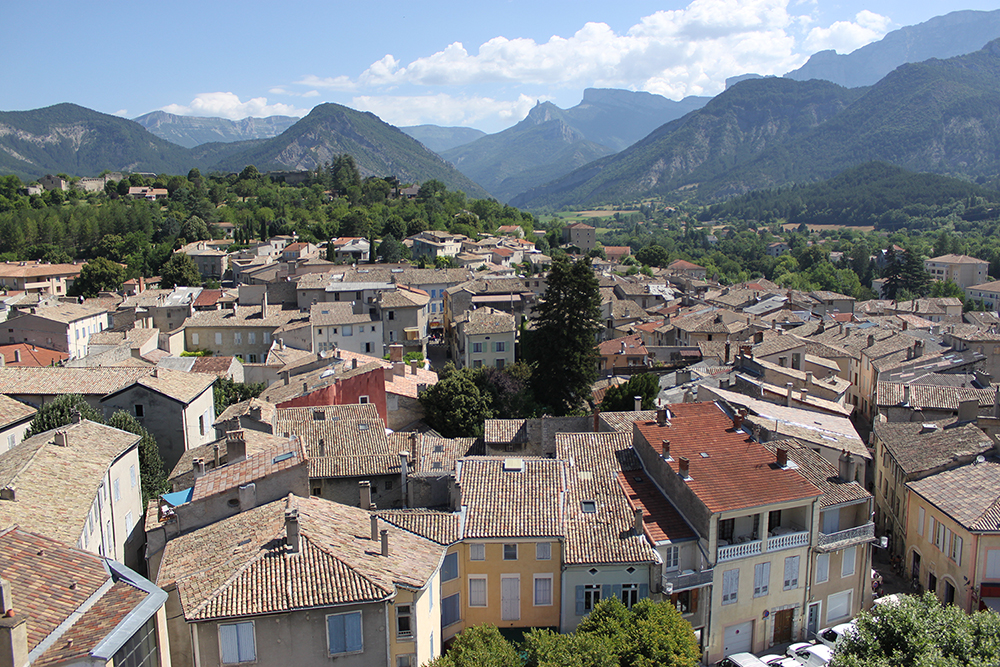
DIE, CAPITAL OF THE PAYS DIOIS
Die is not just the birthplace of the famous Clairette de Die wine: it will also surprise you with its Roman and Episcopal history still visible in the remains of the former city walls that surrounded it. The town is situated between the river Drôme and the foot of the Vercors mountain range, with a beautiful view of the 2,041-meter-high Glandasse mountain. Today life in Die is punctuated by its markets on Cathedral square and its summer events livening up the atmosphere.
CHÂTILLON-EN-DIOIS, A MEDIEVAL VILLAGE AT THE HEART OF THE VINEYARDS
The medieval village of Châtillon-en-Diois is nestled around an ancient castle built on a rock. The picturesque narrow streets (locally called “viols”) and the numerous fountains makes it very attractive. Discover this appealing botanical village during the spring and summer months, when many climbing plants will punctuate your visit. The back country around Châtillon-en-Diois is at the foothills of the Vercors and offers some magnificent natural sceneries such as the famous Archiane cirque, the Combeau valley or the “Sucettes de Borne”. It also hosts one of France’s highest vineyards producing AOC white, red and rosé wines celebrated every year during the « Art et Vigne Festival » in early August.
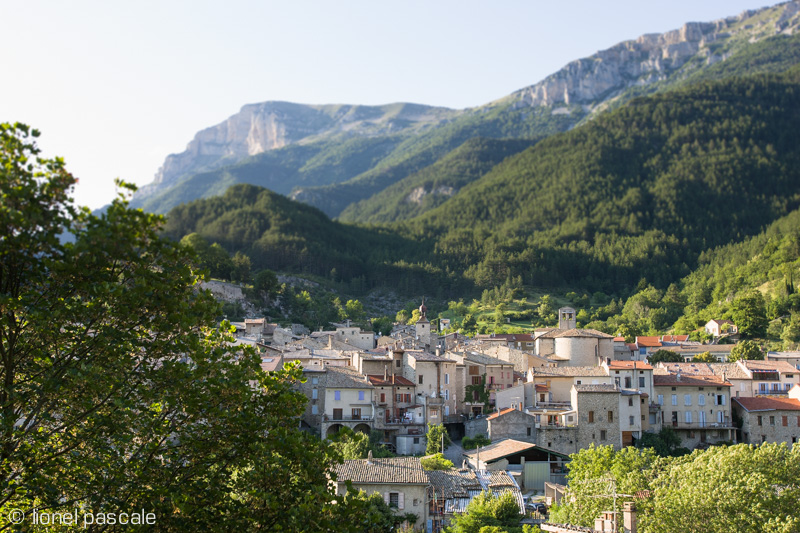
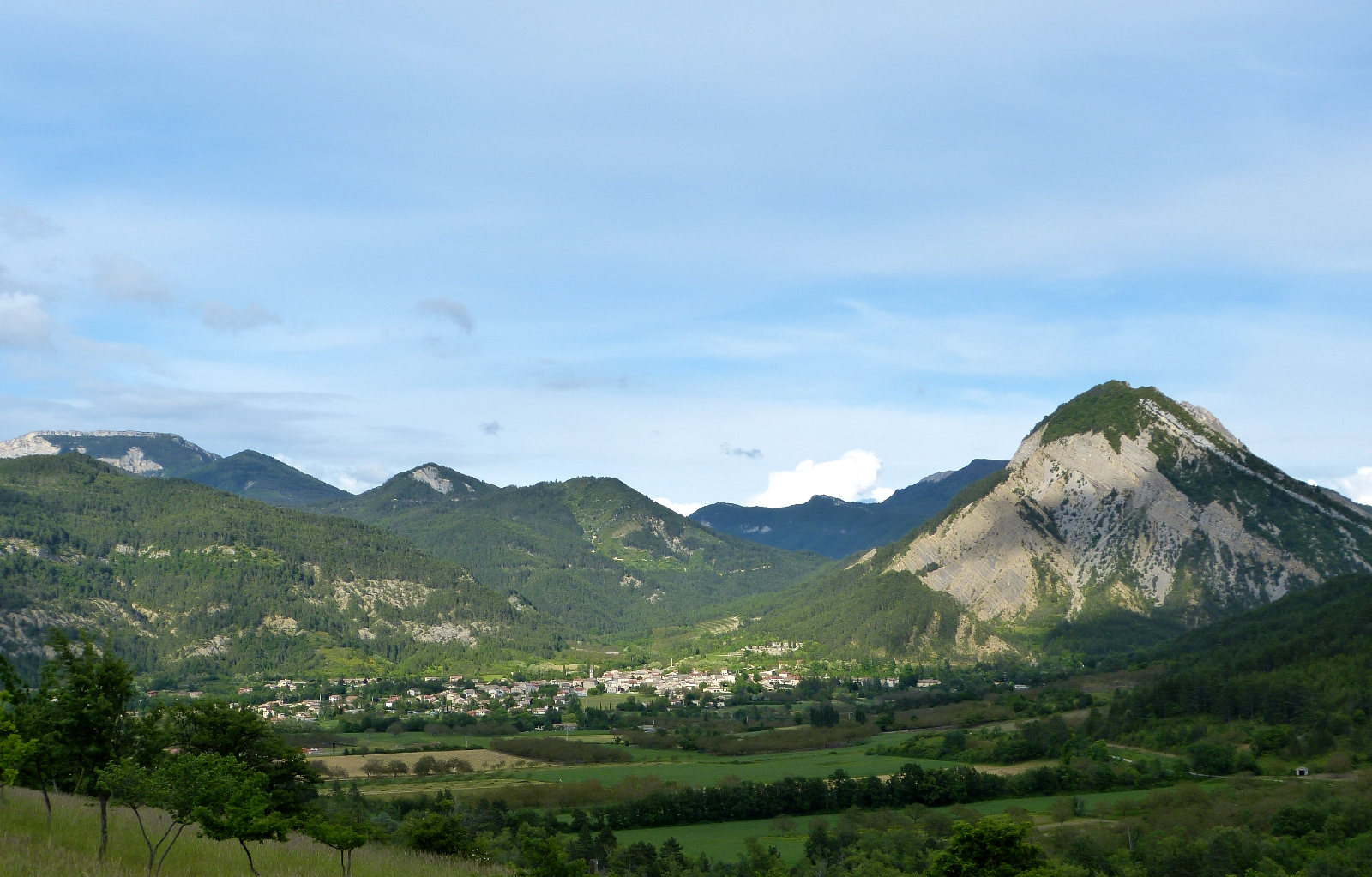
LUC-EN-DIOIS AND THE HAUT-DIOIS
Back in the Gallo-Roman times, Luc en Diois was the first capital of the Voconti people. However, it is now mostly renowned for the Claps, a spectacular pile of rocks that has been laying in the Drôme River since the collapsing of the Luc Peak back in the 15th Century. The Claps (Rocky Chaos) has now become a playground for rock climbers, geologists, or the mere admirers of natural wonders.
VALDRÔME, AT THE SPRING OF THE RIVER DRÔME
The perched village of Valdrôme is surrounded with the first landscapes of mountain lavender fields offering amazing views. In summer, the small resort of Valdrôme is bustling with activities for the whole family from recreational trails to outdoor sports. Lift your eyes up ! The area offers unique conditions to admire starry skys, specially in August with the Astronomy Festival Astrociel.
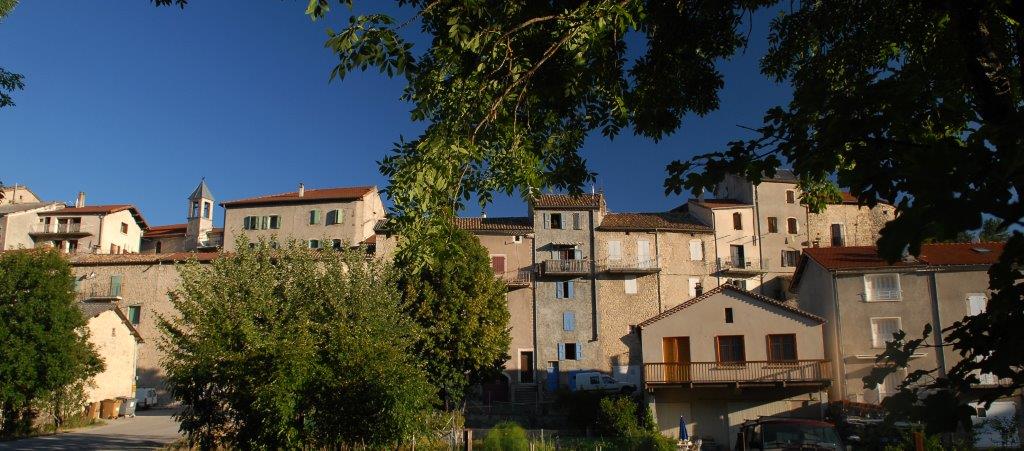
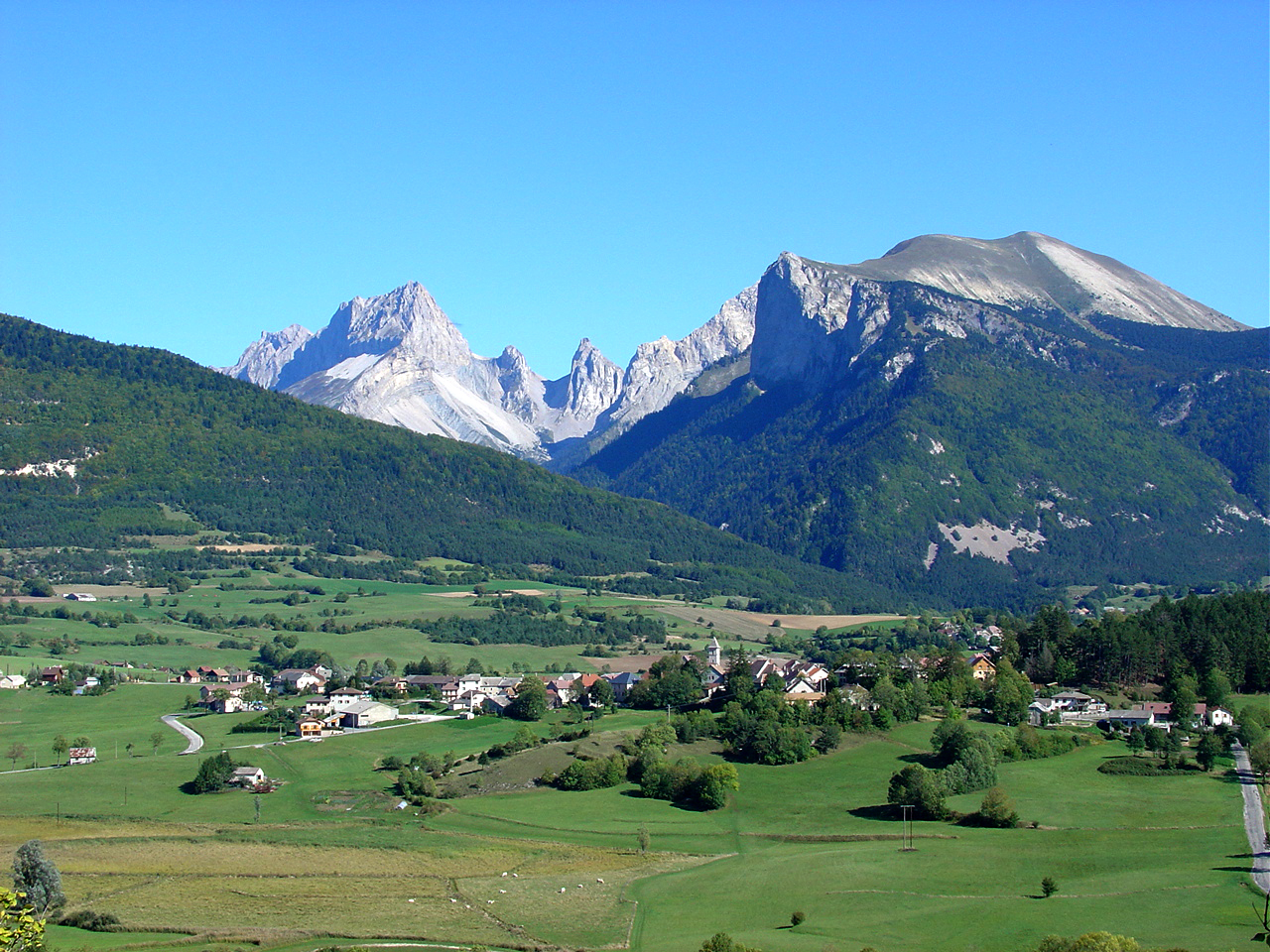
LUS-LA-CROIX-HAUTE, THE MOST ALPINE OF THE PAYS DIOIS VILLAGES
Lus-la-Croix-Haute is dominated by the 2453m high « Rocher Rond » (« Round Rock ») and the picturesque peaks of the listed ‘Vallon de la Jarjatte’ (Jarjatte Valley). Coming from the Drôme Valley, do not miss the Gorges des Gâts remarkable road. You’ll be surprised by the panoramic contrast offered by the Col de Grimone. Lus-la-Croix-Haute small resort is also the perfect place for outdoor sports lovers, both in winter and summer. Whether you are experienced or beginner, these picture perfect landscapes are a joy to cross on foot, skis, snowshoes, mountain bike or horse back. At the southernmost point of the ‘Parc Naturel Regional du Vercors’, the village opens up to the Buëch Valley and the Dévoluy mountains.
LA MOTTE-CHALANCON, A LITTLE BIT OF PROVENCE IN PAYS DIOIS
Located in the area of the ‘Baronnies Provençales’ the circular village of La Motte Chalancon, built around its church, unveils its “calades”, small narrow streets coloured with flowers and paved with pebbles that surround a fort. Built around its church, the village of la Motte Chalancon in Baronnies Provençale is best discovered by walking through its ‘calades’: the name given to small pebbled streets, coloured with flowers. This is Lavender country with geological wonders such as the ‘Serre de l’Ane’. During the warmest days of summer, you will enjoy a refreshing break at “Pas des Ondes”, an artificial lake that will please children and fishermen alike.
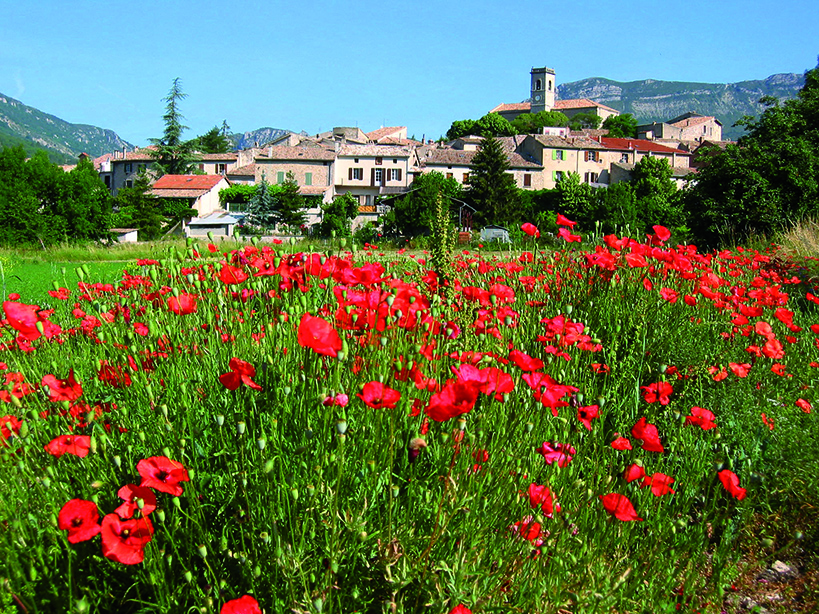
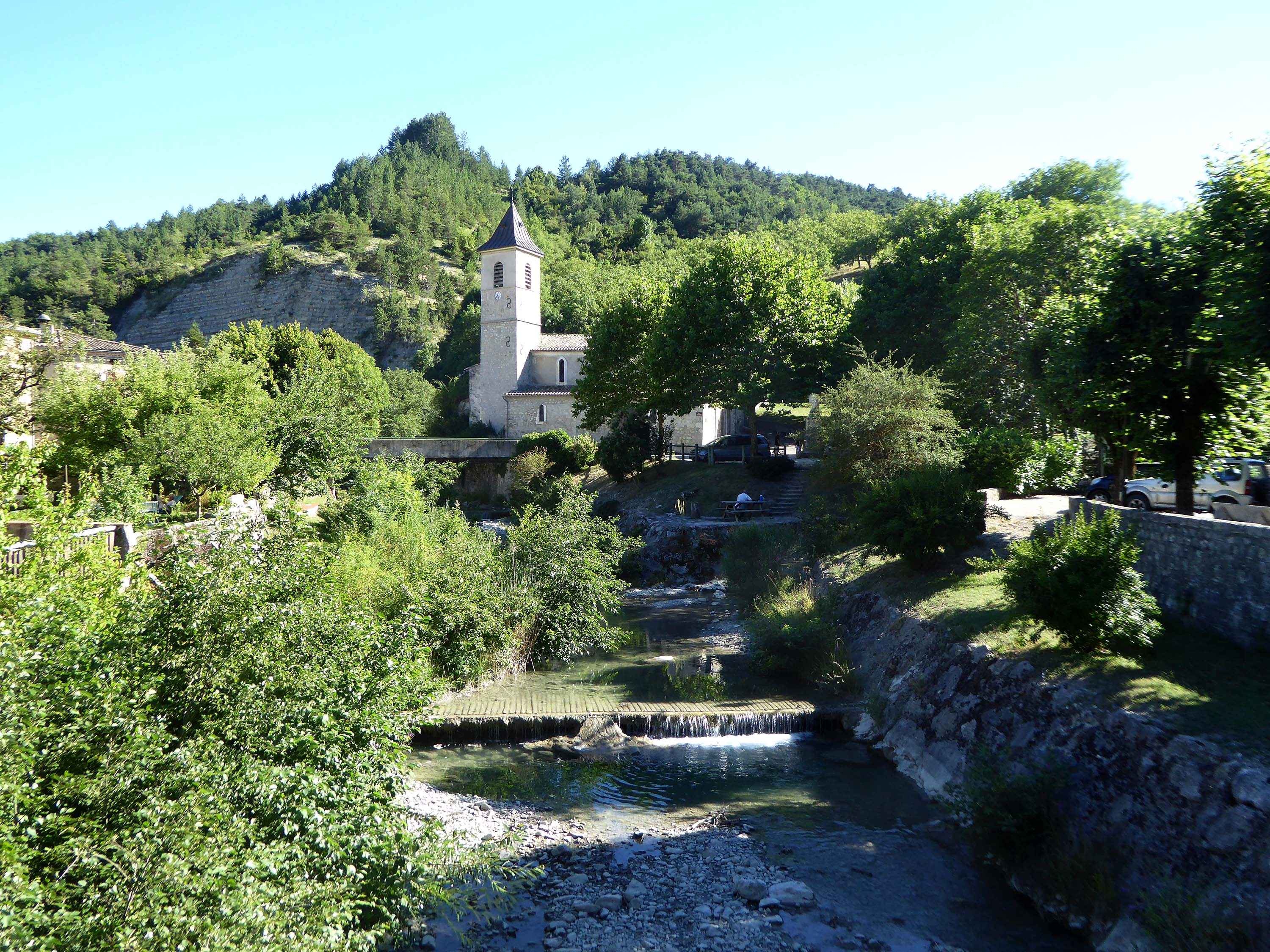
SAINT NAZAIRE-LE-DÉSERT AND THE ROANNE VALLEY
This wild and hilly valley is crossed by beautiful roads that lead to many picturesque villages. At the end of the valley, discover the village of Saint Nazaire le Désert, built around its church in the 12th Century, between the Roanne and Lance rivers. The Roanne Gorges are a heaven of wild spaces and pleasant fresh water ponds, where you can spend a refreshing day.
